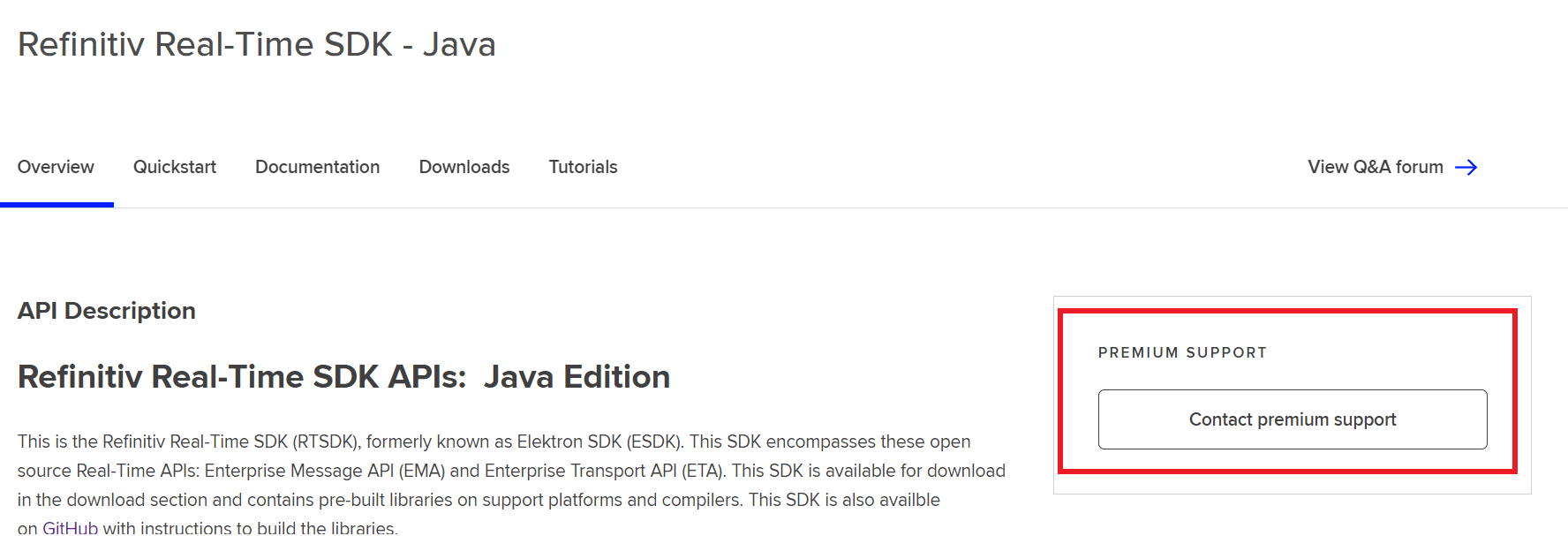Hello,
For context, I am using Kotlin, so if I specify any class names it is the Java counterpart.
I have a list of RICs (2098 to be exact, which I get from iterating through the ASX equities chain) which I add to an OmmArray.
I then create a view-related OmmArray with the following field IDs: 22, 25, 30, 31, 1025, 3386. These are BID, ASK, BIDSIZE, ASKSIZE, QUOTIM, QUOTE_DATE respectively.
I add both these arrays to an ElementList, along with the specifying the view type to be FIDs.
I then add this ElementList to a message request, and register this message request to a single OmmConsumerClient - this is all pretty standard stuff.
What happens next is: 856 RICs are successfully requested. The remaining RICs are never seen in ANY messages. When I play around with different FIDs in the View, this number changes. Sometimes it's more and sometimes it's less.
Even narrowing the view scope down to only include FID 22 (BID), the full list of RICs is still not processed.
How can I go about batch requesting these RICs with the aforementioned view, and guarantee subbing to every RIC in the list? Also for my understanding, why is this failing?
After more debugging: even requesting each RIC individually with a view is not subbing to all RICs despite definitely sending the request off. The only way to successfully sub to the RICs I want is to remove the View. It seems like some sort of block on your side.
NOTE: RICs are requested sequentially (even in the batch on your end, it seems), and only a sequential subset of the RICs are successfully subbed to. This means all RICs beyond a certain RIC are not subbed to, and all RICs before a certain RIC are subbed to. That is why I assume some sort of block.
Help is appreciated. Thank you.





